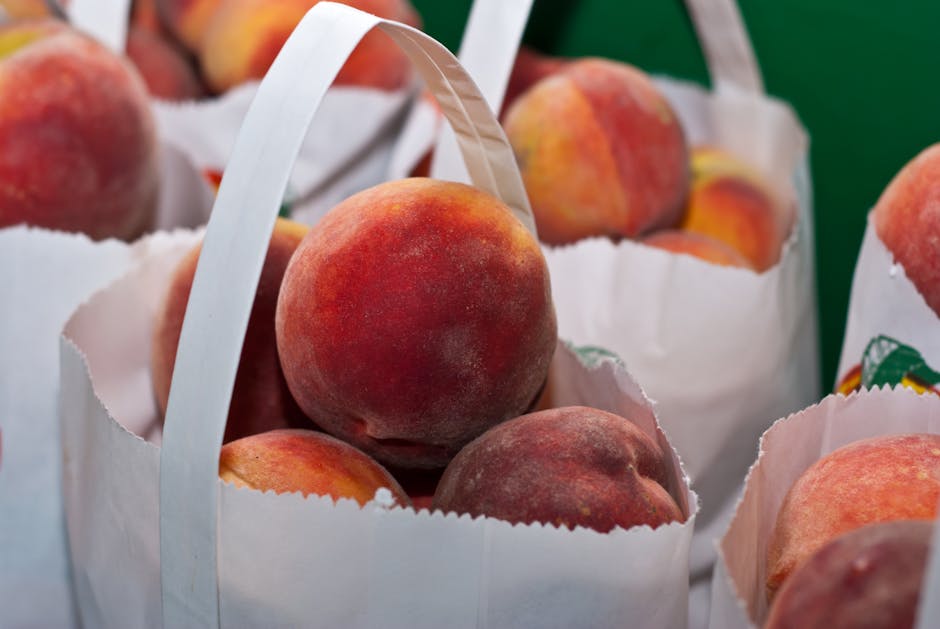Las Vegas, a city synonymous with luxury and innovation, mirrors these qualities in its dynamic dining scene. The city’s restaurants, much like its famed casinos, are arenas of constant evolution, where trends both emerge and dissipate with the desert winds. Yet, recent discussions have shifted from the culinary arts to the nuanced realms of customer service and the sustainability of niche markets, revealing a complex tapestry of challenges and opportunities.
The Gratuity Conundrum at Ole Red
At the heart of recent debates is an incident at Ole Red, the Las Vegas outpost of country star Blake Shelton. A receipt from the restaurant, detailing an $18 Caesar salad, a $21 crispy chicken salad, and $11 natural cut fries, also included an automatic 20% gratuity for a meal for two. The confusion stemmed from a note indicating that a tip was not included in the total, spotlighting the critical importance of transparent communication in a city where competition is fierce.
Understanding Auto-Gratuity
- Reasons Behind Automatic Gratuities: Designed to ensure fair compensation for servers, particularly in cases involving large groups.
- Impact on Customer Experience: Clear communication about gratuity policies is essential to avoid misunderstandings and foster trust.
The Rise and Fall of ChagaRoot: A Vegan Saga
The closure of ChagaRoot, once hailed as a pinnacle of plant-based dining in the United States, underscores the precarious nature of niche markets in Las Vegas. Despite its innovative menu and critical acclaim, ChagaRoot’s shutdown after three years of operation is indicative of a broader trend of vegan restaurant closures in the city, raising questions about consumer demand and market saturation.
Navigating Niche Market Challenges
- Market Demand: Consistent consumer interest is crucial for the success of specialized dining establishments.
- Adaptive Business Models: Flexibility and innovation in business strategies can help navigate the pressures of a competitive market.
Key Insights into Las Vegas’ Dining Dynamics
- Cultural Shifts: The tipping debate at Ole Red reflects evolving expectations around gratuities in service-centric environments.
- Communication as a Cornerstone: The importance of clear communication in conveying business policies and ensuring customer satisfaction cannot be overstated.
- The Viability of Niche Markets: The closure of establishments like ChagaRoot highlights the challenges faced by niche ventures in maintaining their foothold amidst market fluctuations.
“In the fast-paced world of Las Vegas dining, adaptability and clear communication are not just strategies but necessities for navigating the complexities of market dynamics and evolving customer expectations.”
Strategies for Success in the Competitive Culinary Landscape
To thrive in the competitive environment of Las Vegas, restaurants must prioritize transparency with their customers. This involves clear menus, straightforward policy signage, comprehensive staff training on communication, and proactive engagement through digital platforms. By doing so, establishments can enhance customer trust, encourage repeat business, and adapt more effectively to cultural shifts and market demands.
Conclusion: The Future of Dining in Las Vegas
The Las Vegas dining scene, with its blend of luxury, innovation, and relentless competition, offers valuable lessons in adaptability and communication. As restaurants navigate the challenges of gratuity policies and the sustainability of niche markets, the importance of clear, transparent communication with patrons becomes increasingly clear. In this ever-evolving landscape, those who adapt will not only survive but thrive, setting the stage for the next culinary revolution.
“Clear communication of charges and policies is essential for fostering customer trust and securing repeat business in Las Vegas’ competitive dining market.”










Leave a Reply